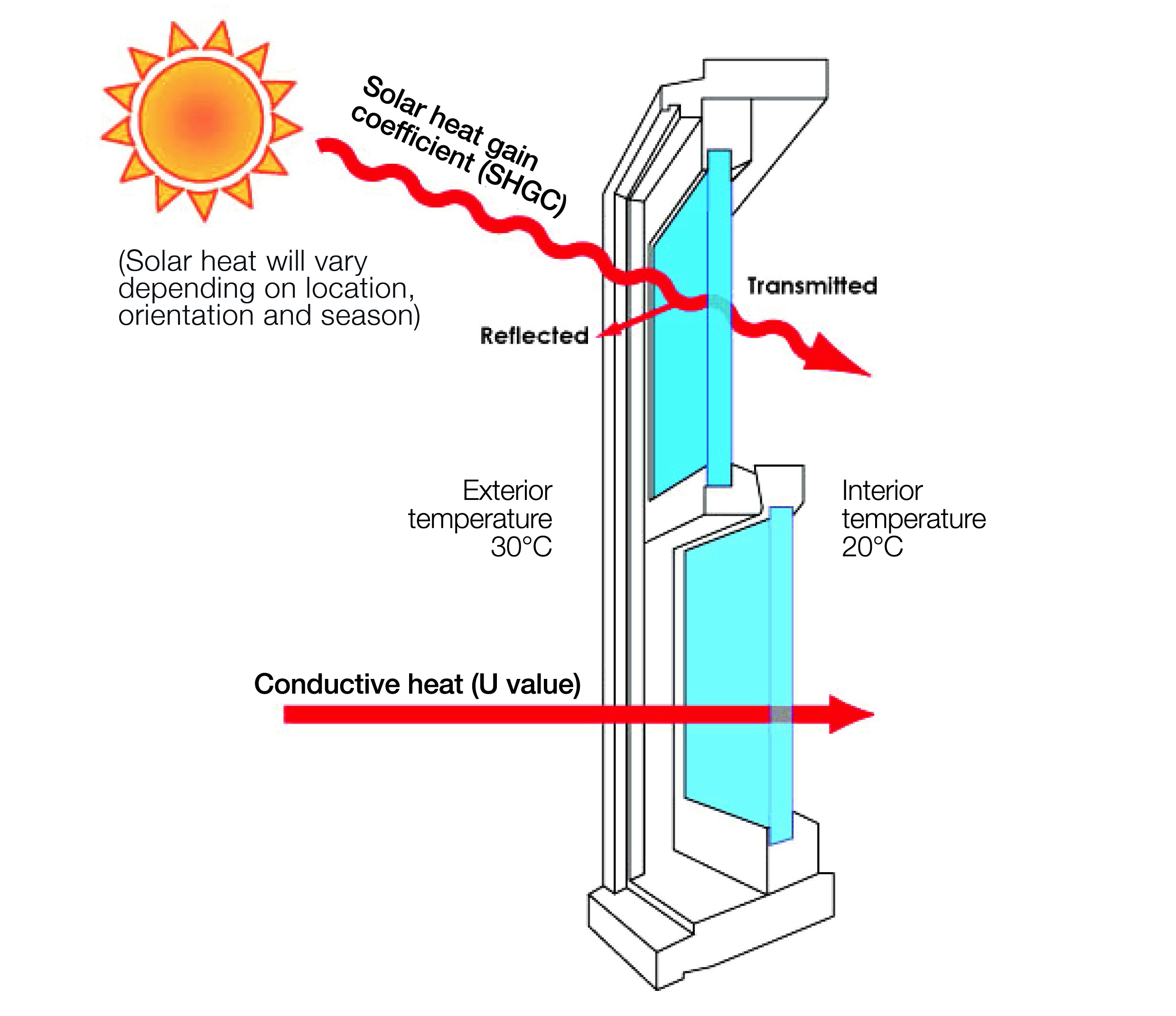All Categories
Featured
Table of Contents
Best Way To Block Sun Heat From Windows [Professionally] in Murdoch WA
Laminated glass is frequently used in locations in the home most susceptible to injury from human impact such as bathrooms, doors, around staircases and in areas close to the floor (it satisfies the requirements of 'security glass' that is mandated for usage in these areas by Australian Standard AS 1288 Glass in structures).
Toughened glass has been 'tempered' by being reheated and rapidly cooled once again. This procedure makes it much more powerful than standard glass it can withstand higher effect loads before breaking. It also makes it much safer since, when it does shatter, it breaks into numerous small cubic pieces rather than harmful fragments.
4 Benefits Of Double Glazed Windows In The Summer in Lakes WA
Nevertheless, toughened glass has no thermal or acoustic benefits over other glass of the exact same toning or thickness. Secondary glazing is where single-glazed windows are retrofitted with a transparent acrylic or glass sheet connected to the within the frame or openable sash with a secondary frame or with magnetic strips.


Secondary glazing will not carry out too thermally as a produced IGU, considering that it is impossible to completely seal the perimeter, but it can supply good noise control. Window movies are a thin polymer movie consisting of a taking in color or reflective metal layer, with an adhesive support. They stay with your glazing to change its colour or make it reflective.
Glass Selector - Custom Single & Double Glazed ... in Walliston Perth
Applied to existing glass, some window films can cut in half the total SHGC of the window by absorbing and/or showing solar radiation. This can be particularly helpful in hotter environments where cooling is the main concern, or on east and west elevations straight exposed to long durations of sunlight. Window movies may also reduce noticeable light transmittance.

For this reason, it is usually best to use a recognized installer of window film. Frames have a considerable effect on the thermal performance of doors and windows, because energy can be gained and lost through the frame, as well as through the glass. Various types of frame will permit different levels of heat gain and loss, so careful choice of frame is necessary for efficient passive style.
Sustainability in Western Australia
However, aluminium is also a very excellent conductor of heat and will decrease the insulating value of a glazing system, unless particularly crafted to minimize this. A 'thermally broken' frame is made up of 2 aluminium areas linked by a structural insulator (usually a low-conductivity structural polymer). This 'breaks' the thermal connection through the aluminium and lowers the heat streaming through the frame.
Wood frames are an excellent natural insulator that can fit some house designs. Lumber frames ought to be made from types that have naturally high sturdiness or be dealt with to prevent decay and deformation.
Double Glazing Windows - The Best Installers In The Uk ... in Nedlands WA
(weather removing) is set up.
u, PVC doors and windows have exceptional thermal efficiency Picture: Ben Wrigley (Light Home Architecture and Science) Composite frames utilize aluminium profiles on the outer areas with either a wood or u, PVC inner section. These combine the low upkeep and sturdiness of aluminium with much improved thermal performance.
Table of Contents
Latest Posts
Single, Double Or Secondary Glazing, Which Is The Best ... in Leda WA
Double Glazed Windows Brisbane in Lockridge Western Australia
Double Glazing Vs. Triple Glazing: Which Is Worth It? in Palmyra Perth
More
Latest Posts
Single, Double Or Secondary Glazing, Which Is The Best ... in Leda WA
Double Glazed Windows Brisbane in Lockridge Western Australia
Double Glazing Vs. Triple Glazing: Which Is Worth It? in Palmyra Perth